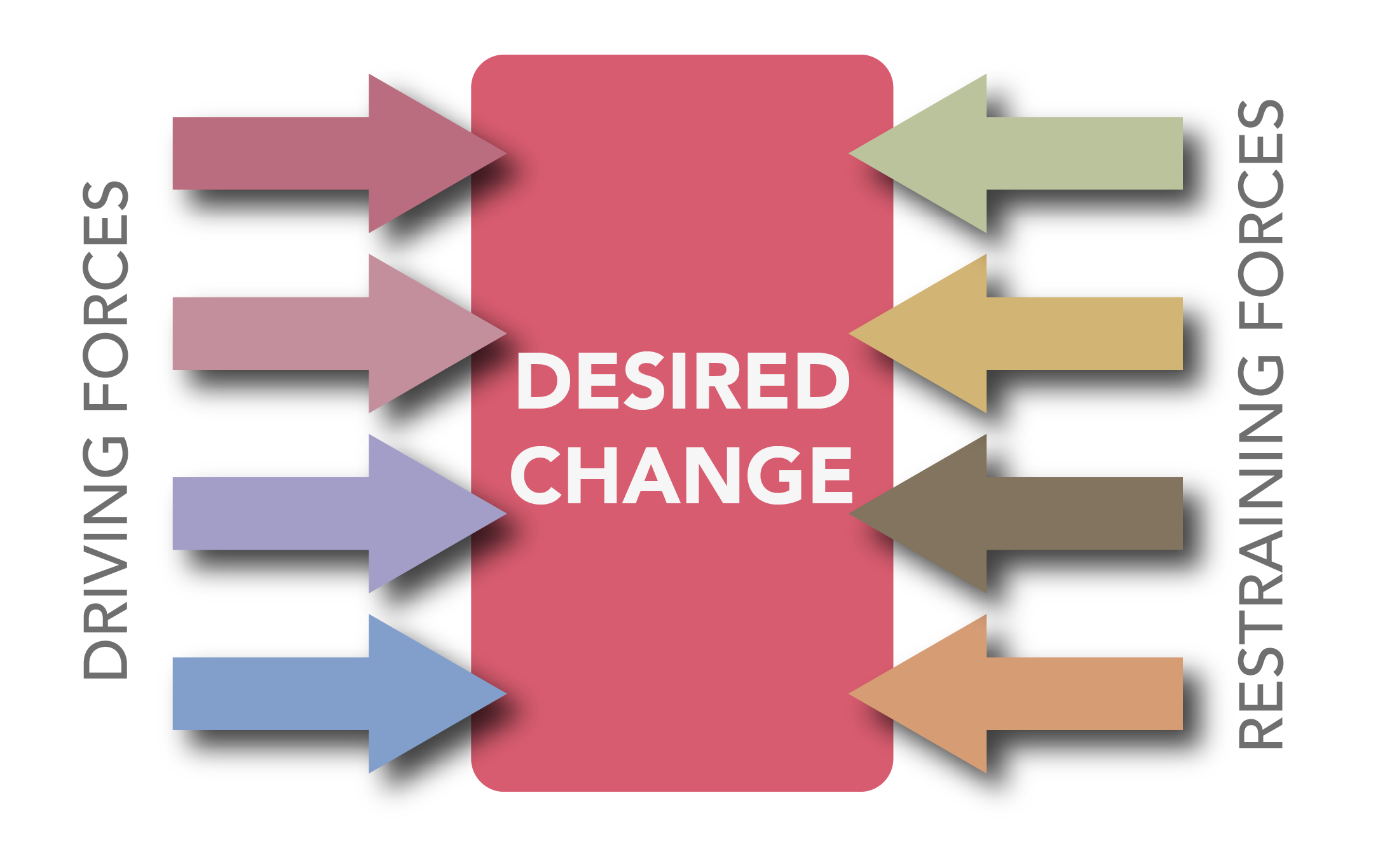The Agenda Affair
The Agenda Affair https://amaliasavinescu.co.uk/wp-content/uploads/2024/01/The-Agenda-Affair-cover-1024x576.jpg 1024 576 Amalia Savinescu https://amaliasavinescu.co.uk/wp-content/uploads/2024/01/The-Agenda-Affair-cover-1024x576.jpgEmbracing the promises of a new year always brings a sense of excitement, particularly with the idea of a clean slate. How about embarking on a journey to transform old belongings into bespoke treasures? We often overlook the value around us in our rush for novelty through constant accumulation. Creativity’s purpose is to generate, not just buy. While creation breathes life, acquisition builds piles. I advocate for repurposing and caring for items, as I believe in reframing perceptions, remodelling mindsets, and repositioning standpoints. An old Romanian adage beautifully captures this philosophy: “Fa rai din ce ai,” akin to the English saying, “Make the best of what you have.”
How can you apply this saying in your life?
Encouraging people to make the most out of current resources is a life philosophy I wholeheartedly embrace. This belief even inspired me to develop the concept of the Happiness Bricolage, which has guided my life and projects by turning mundane into remarkable for the past fifteen years.

Recently, I turned two overlapping notebooks into stylish and purposeful companions. With over thirty notepads, journals and sketchbooks in my collection, each telling a unique story, it’s easy to confuse them. Yet, giving them the right attention and care is a form of respect and commitment. As my trusted companions, they’ve witnessed my journey’s important moments, helping me navigate through numerous projects and stay grounded.
Breathing new life into these items is more than tidying up; it’s a mindful process that avoids waste and hoarding. It’s about bringing scattered thoughts into one place and finding joy in the active mindfulness of revisiting memories and experiences.
As people were busy discussing resolutions, I kicked off the first week of 2024 by revitalising two notebooks into unique organisers or, shall I say, treasurers. It took me around an hour to complete the change.
The black one, which, for a short while, used to gather more personal reflections, is now a dedicated logbook for my office, capturing daily learnings on productivity and new technologies. I have already put it at work today, and voila! My mood got a nice lift; the once-deemed ‘dry’ information magically turned into something worth paying attention to. My notebook added a bit of flavour to the mix. Even figuring out the rules of Dragon, the assistive technology software I’ve been trying hard to get to grips with, doesn’t seem as dull anymore. Nor is it remembering what Display Port stands for and how to identify it. Who would have thought productivity and technology could be subtly entertaining?
In parallel, the purple diary continues to be a haven for personal conversations and reflections, even enhanced after neatly incorporating old pages from the black one in a brand-new pocket. And I must say, this was a practical idea and great fun.
Crafting your space and life doesn’t require special talents; it’s about mindfully turning the mundane into the remarkable. Watch my video to discover how you can do the same.
Feel free to share if it sparks some inspiration. I am curious – what’s on your agenda for 2024?



 Since English is not my first language, it’s always a struggle for me to discourse. And there is where my time went. None of these activities were part of my to-do-list, so my drifting was at other tasks’ expense. Hopefully, it led me to new achievements.
Since English is not my first language, it’s always a struggle for me to discourse. And there is where my time went. None of these activities were part of my to-do-list, so my drifting was at other tasks’ expense. Hopefully, it led me to new achievements.
